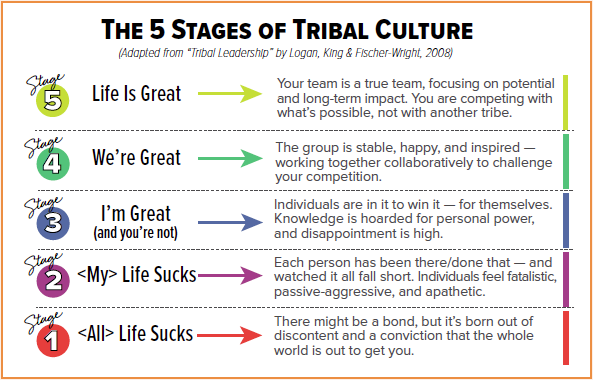Hello EMRA Family!
I cannot believe it’s my last Editorial Forum as your EM Resident editor-in-chief. It’s been such a whirlwind, with my tenure on the EMRA Board of Directors starting strong at ACEP19 in Denver. And then…COVID-19 turned the remainder of this 2-year term into a virtual experience. Even though that came with its trials and tribulations, one of the positives was that I witnessed a coming together of a tribe.
EMRA committee leaders, board members, and especially staff came together toward a common goal: to serve our members in a critical time. Innovative committee leaders worked closely with our staff to put together excellent educational programming that had some of the highest turnouts in EMRA’s history. We realized we could reach more members with virtual programming.
One of the important items that have helped organizations during this time of uncertainty has been culture! What is culture, especially organizational culture? An easy way to think about it is: “Culture is what someone does when no one is looking.” It’s essentially a shared set of beliefs and values that an organization’s leaders establish. These values and beliefs are then later communicated and thus shape and influence employees’ perceptions and behaviors.
I recently read a book called “Tribal Leadership” that has dramatically changed how I view culture within organizations. (I strongly recommend it). The book asserts there are 5 stages of tribal culture:
- Stage 1: “Alienated,” Undermining,” “All life sucks.” These are the members/leaders in the organization who are hostile and antagonistic.
- Stage 2: “Separate,” “Apathetic Victims,” “My life sucks.” These are the members/leaders who are apathetic with quiet sarcasm, often judging without offering any passion for change or growth.
- Stage 3: “Personal Domination,” “Lone Warrior,” “I’m Great, and You’re Not).” These are the members/leaders who believe they’re the only one in the company who cares. They’re the ones who believe winning is personal. They also hoard knowledge because of its power.
- Stage 4: “Stable Partnership,” “Tribal Pride,” “We’re Great.” These are the members/leaders who are themselves and happy. They feel inspired and share core values and interdependent strategies with the ones around them. They feel like their entire organization is “great.”
- Stage 5: “Team,” “Innocent Wonderment,” “Life is Great.” These members/leaders make history, but they don’t do it to beat out their competition; they do it because they’re pushing the boundaries of possibility.
I took the time to share these ideas because they resonate. We all have had one or two people who crossed our minds with each stage. Ask yourself, which stage do you want to be part of?
Most high-functioning organizations will fall between stage 4 and stage 5. Most graduate students (including medical students) fall in Stage 2-3. Tribes make leaders, and leaders maintain tribes. So, I would implore all of you to assess yourself honestly, and strive to grow into a high-functioning stage 4 or 5.



